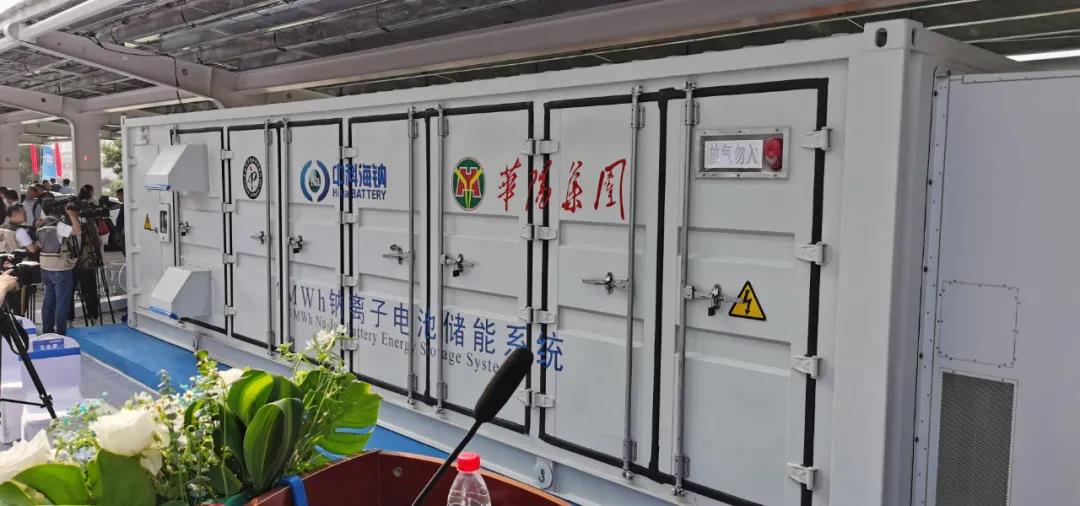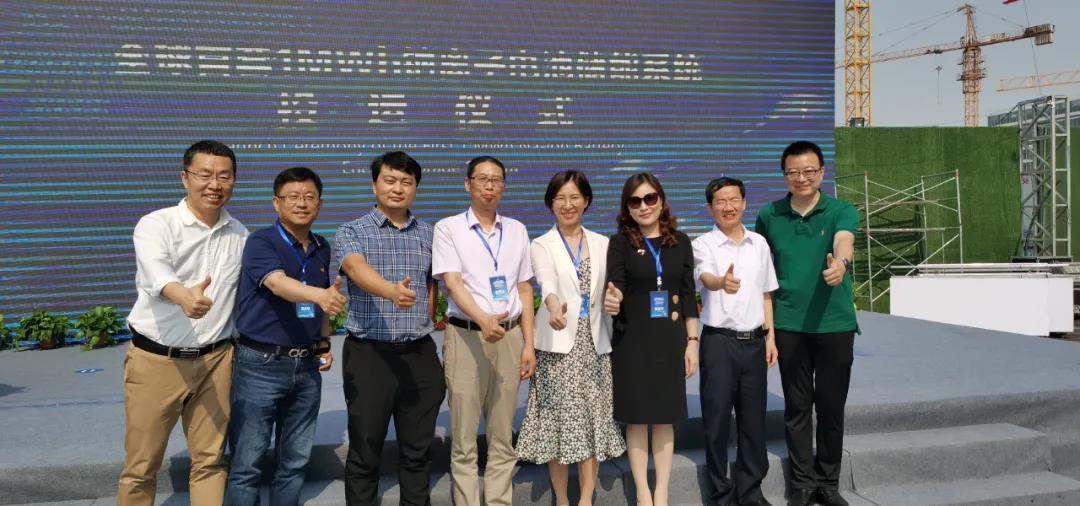In 28th June 2021, the first 1MWh Na-ion battery (NIB)-based soalr energy storage and intelligent microgrid system in the world was successfully put into operation at Taiyuan, China. This achievement was jointly completed by the team from institute of Physics, Chinese Academy of Sciences (IOP-CAS) and HiNa Battery Technology Co., Ltd. The microgrid system uses NIB as the principle part for energy storage and combines with grid electricity, solar cell and charging facilities, which is able to connect the public grid in accordance with requirements. The launch of this NIB-based energy storage system not only marks that China is at the forefront of the world in NIB technologies and its industrialization, but also signifies that the NIB is entering a new stage of commercial applications.

Since 2011, IOP-CAS team has been dedicating to the development of low-cost, safe, environmental friendly and high-performance NIB technologies. The research team has already applied over 50 patents for the key techniques of cell, cathodes, anodes, electrolytes, additives and binders, etc. (more than 30 patents have been authorized, where 3 of them are authorized in United States, European Union and Japan). Meanwhile, 10 research articles have been published on Science, Nature/Science series journals, and Joule. Regarding the industrialization, HiNa Battery Technologies Co., Ltd. was founded in 2017, which is a high-tech enterprise dedicating to the investigation and production of NIBs. HiNa has built the hundred-ton-level pilot line and MWh-level cell production line in Liyang, Jiangsu Province in China. Now, the production base of 2000 tons of cathode and anode materials for NIBs per year is constructing in Taiyuan, China. These materials do not coantain any expensive and rare metal. Typically,cathode is Na-Cu-Fe-Mn-O₂, anode is coke from anthracite. It has also produced around 150,000 pouch, prismatic and cylinder cells, whose comprehensive performance is comparable to Li-ion batteries, and much better than Lead-acid batteries.The energy density of cell is above 105 Wh/kg for cylindrical cell and 140Wh/kg for pouch cell. It can deliver 6000 cycles at 100%DOD at room temperature. Such performance is acceptable for most of applications and has laid a solid foundation and show promising value for the commercialization of NIBs.

Currently, the proposal of the “peak carbon dioxide emission” and “carbon neutrality” goals in China and the development of the renewable energy industry provide huge space for the growth of NIBs. Facing the enormous market of future energy storage, NIB shows great potentials for the application scenarios of low-speed electric vehicles, family/industry energy storage, 5G base station, data center, grid access of renewable energy and samrt grid, etc. owing to its various advantages such as low cost, long cycling, wide temperature operation (-30-80℃) and high safety, which is able to relieve the “strangled” risks due to the shortage and non-uniform distribution of Li sources in the world. On the other hand, the lead-acid batteries with serious pollution could be gradually displaced by NIBs to facilitate the development of energy storage in our country.